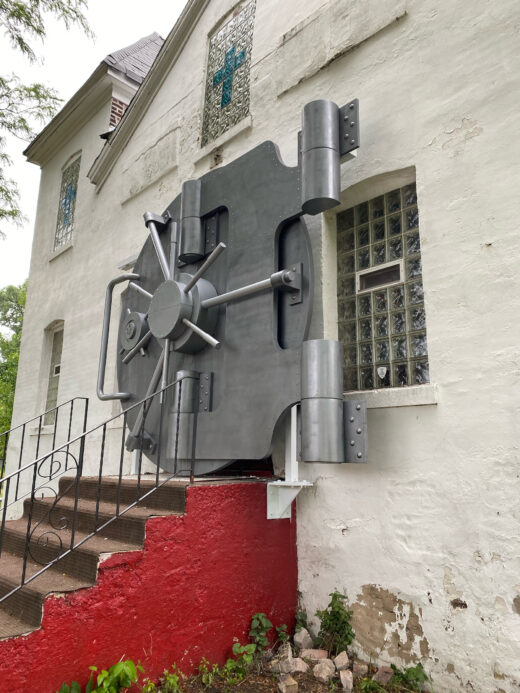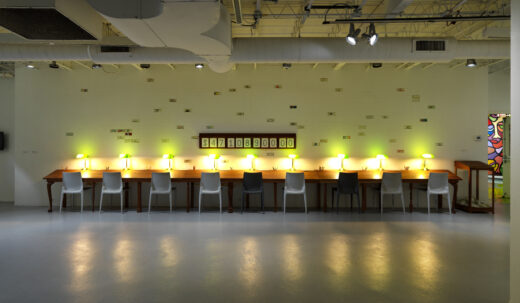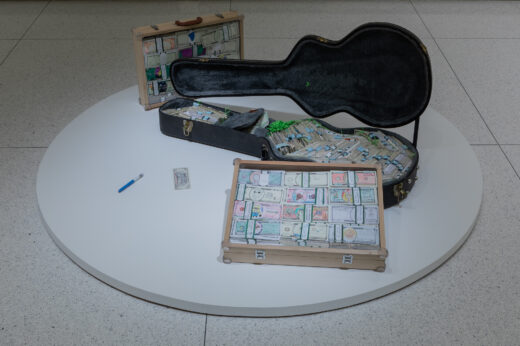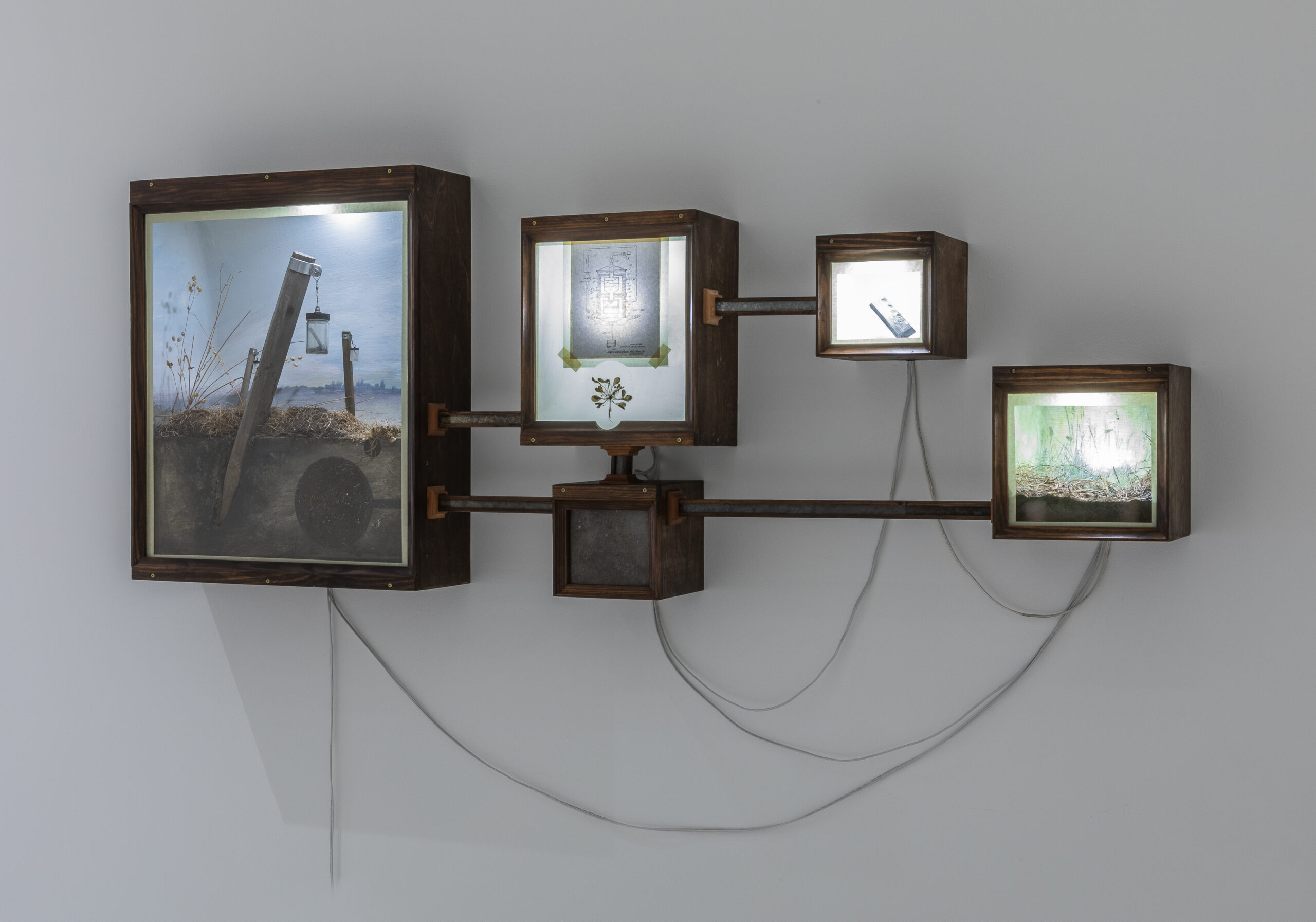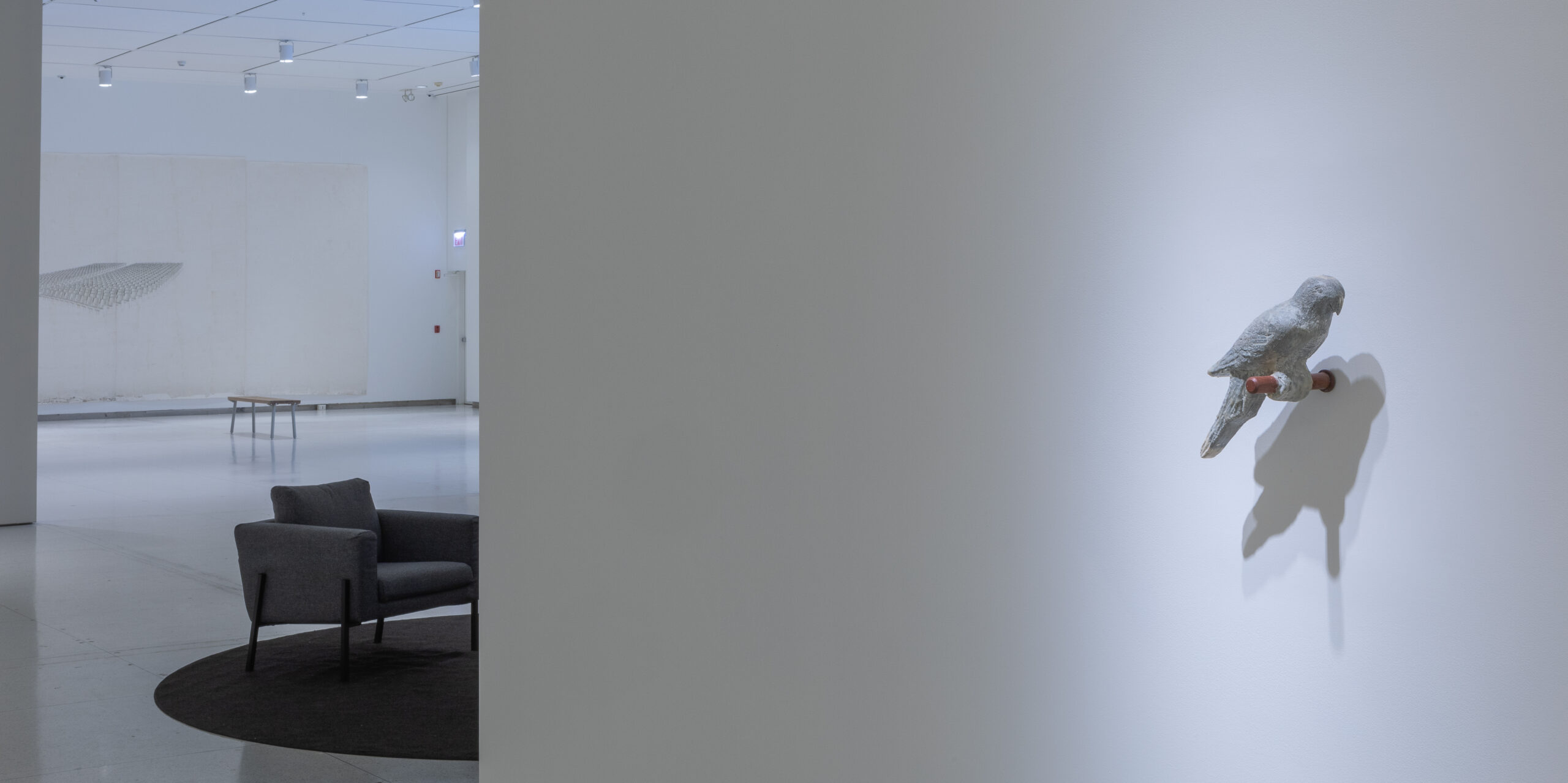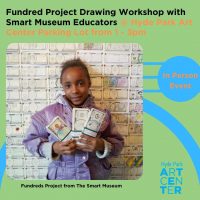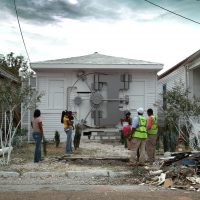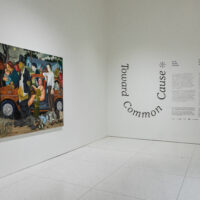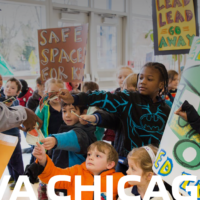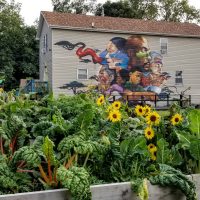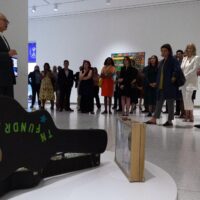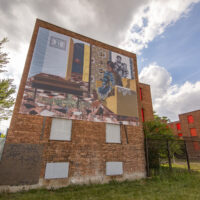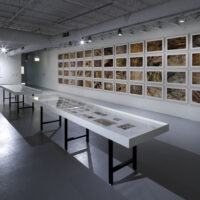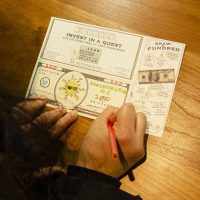Mel Chin
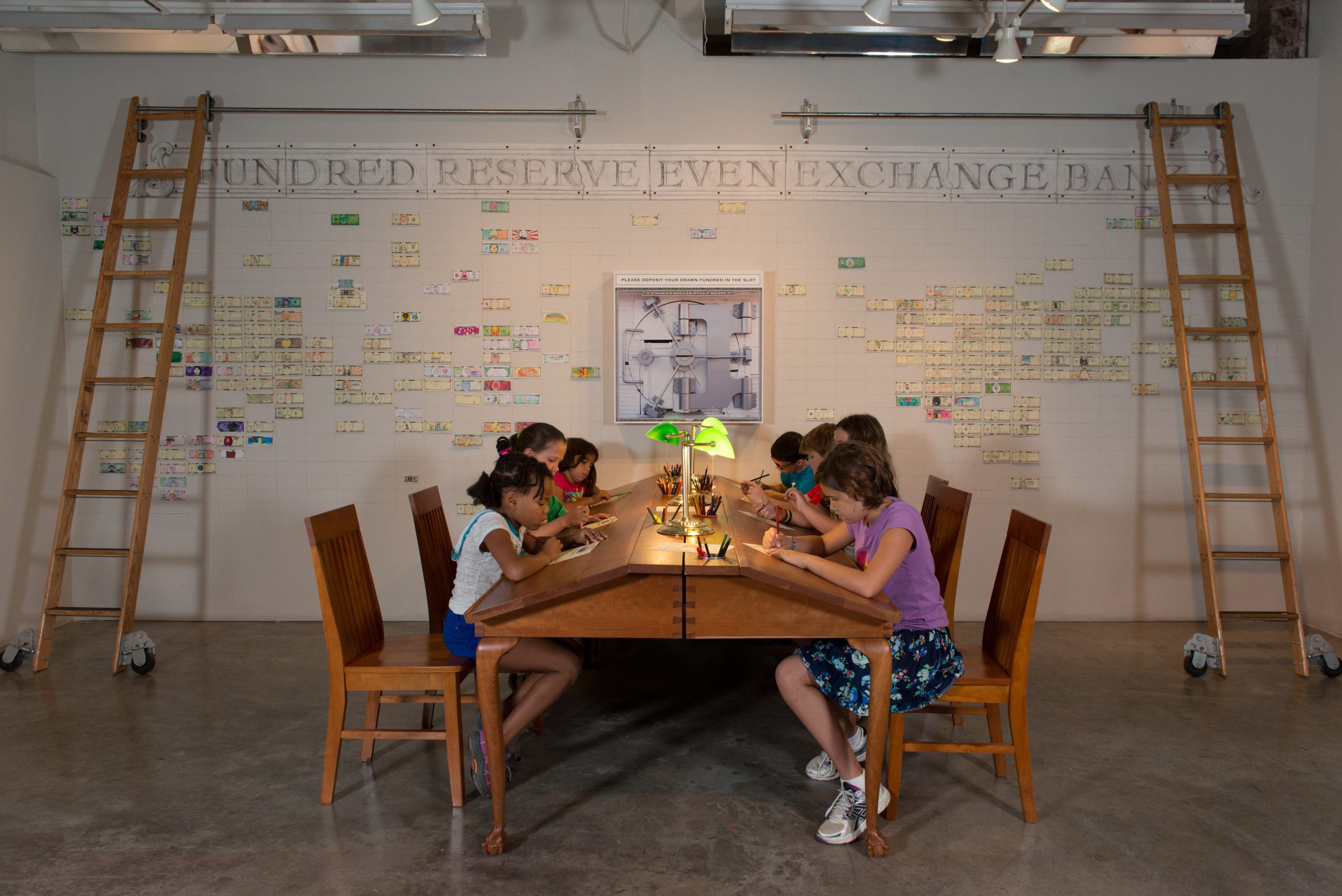
It is difficult to find a theme, and impossible to find a medium, that binds Mel Chin’s many projects over his 40-year career. Among his better-known works, Revival Field takes the form of a landscape and grew out of a collaboration with scientists; Fundred Project contains hundreds of thousands of drawings by children; KNOWMAD is video game derived from the patterns of traditional woven carpets, and so it goes. In fact, what is most distinctive about Chin is his state of constant transformation, or as he calls it, “becoming.” This is true not only for Chin himself, but for many of the projects he initiates, which are complex open systems, still evolving with the participation of other people even after Chin steps away from them.
Chin describes this evolutionary quality as a “catalytic concept” that “allows something to form after you’re no longer there.” He credits the conceptual art of the 1960s and ’70s with foregrounding the concept, the Big Idea, of a work over its form, and jokingly describes himself as a “recovering conceptual artist.” In addition to this catalytic quality, all his works share a goal of social transformation, and Chin is viewed as a pioneer of socially engaged art. “[Socially engaged art] seems to be the only kind of art I make. But awareness is not enough, and I am compelled to make works that go beyond pointing out the issues.”
Chin’s projects are lively entities, in constant states of transformation, that challenge traditional museum practice. He writes, “Each project is based on an arc that eventually must lead to transformation. . . . Museums that show this work can’t just show the evidence; they have to join the action.” For Toward Common Cause, Chin’s Fundred Project will assume its latest avatar, A Bill for IL. The Fundred Project began in 2008 when the artist visited New Orleans after Hurricane Katrina and leared of the extent of lead contamination there, which was extreme before the hurricane and only exacerbated by it. Chin decided that the only creative response to the problem was one of equal magnitude to what the people endured. At its inception, the concept was straightforward: people all over the US would draw or paint their own “Fundred” dollar bills, which would be collected and exhibited in, among other places, Washington, D.C., to draw legislative attention to the issue. Unfortunately, lead contamination is a widespread problem in the US, in soil, water, and housing, and as each increasing report of a crisis of health and homicide, from Cleveland, to Flint, to Chicago became known, the Fundred Project expanded to encompass thousands more drawings by children, displayed en masse and demanding accountability. In Chicago, both the Hyde Park Art Center and the Sweet Water Foundation are collecting handmade Fundreds and Chin is working with Smart and S.O.U.R.C.E. Studio to engage residents, advocates, and policy makers around opportunities for policy action. The accumulated Fundreds will make up the Chicago Fundred Reserve, raising awareness and demanding action to end lead exposure.
